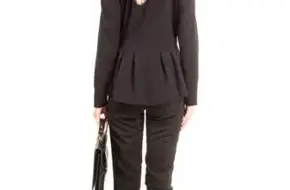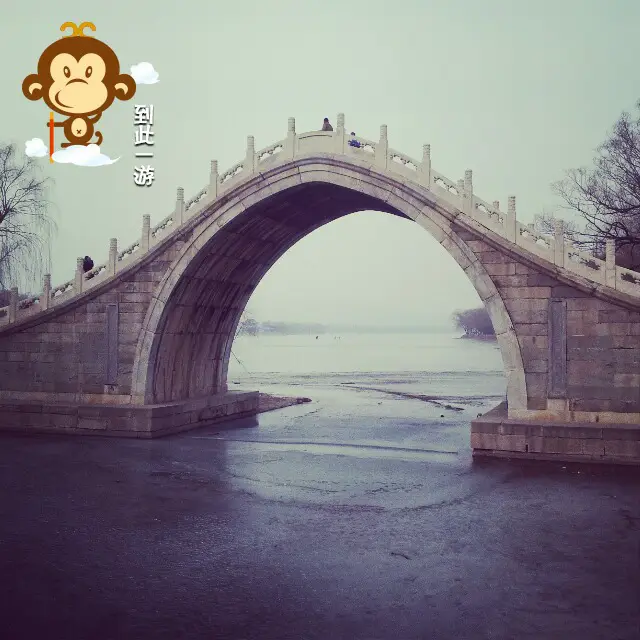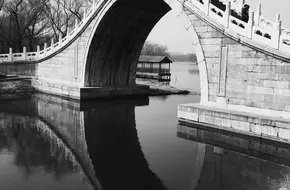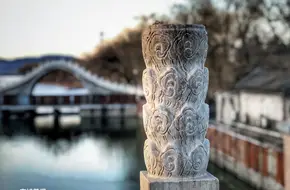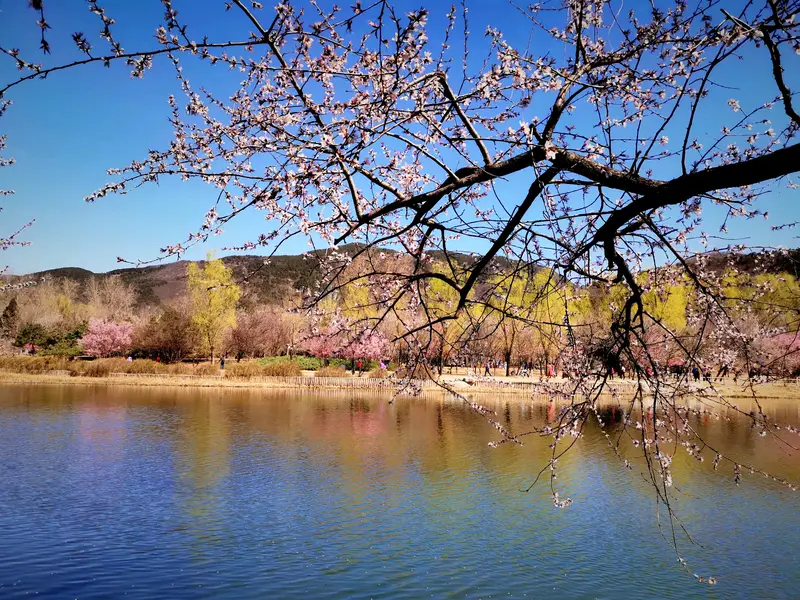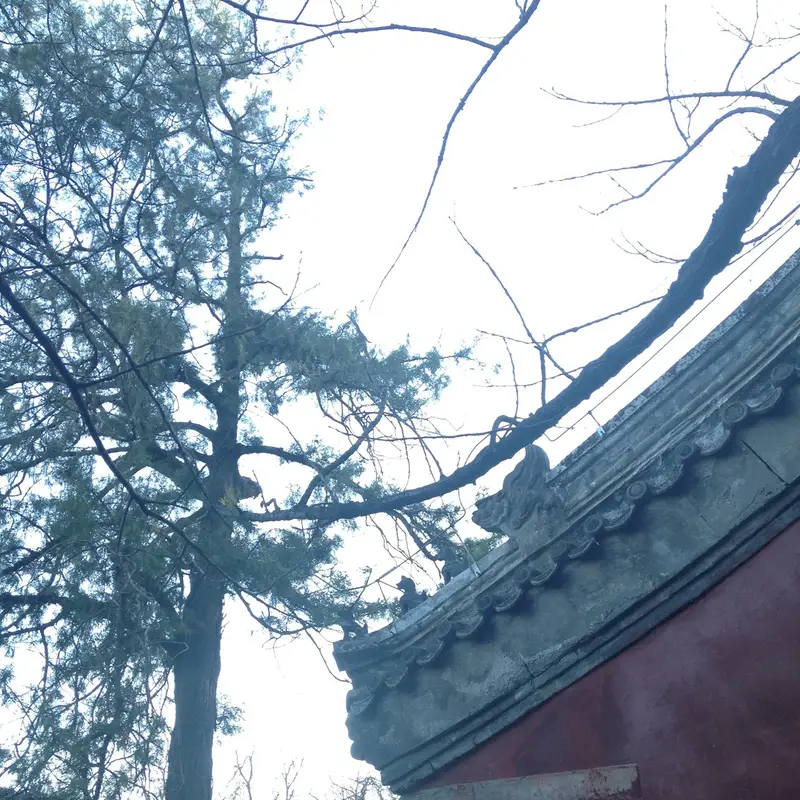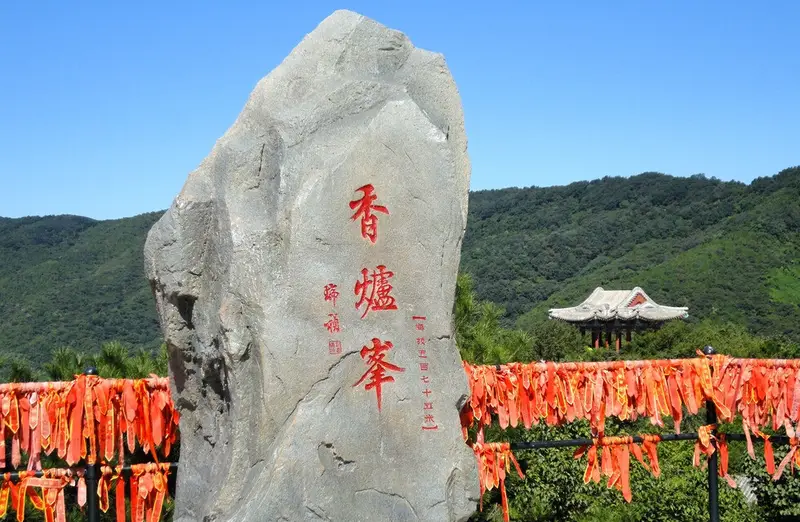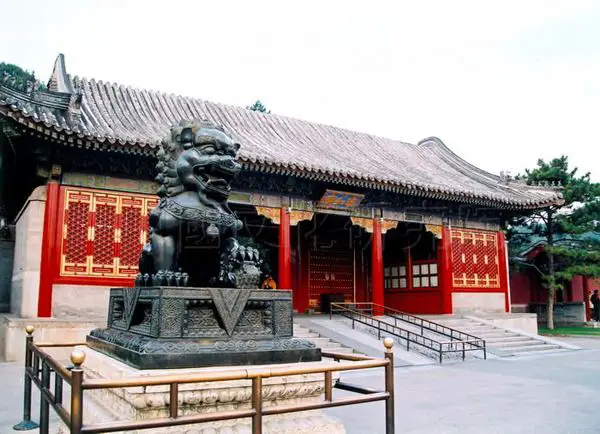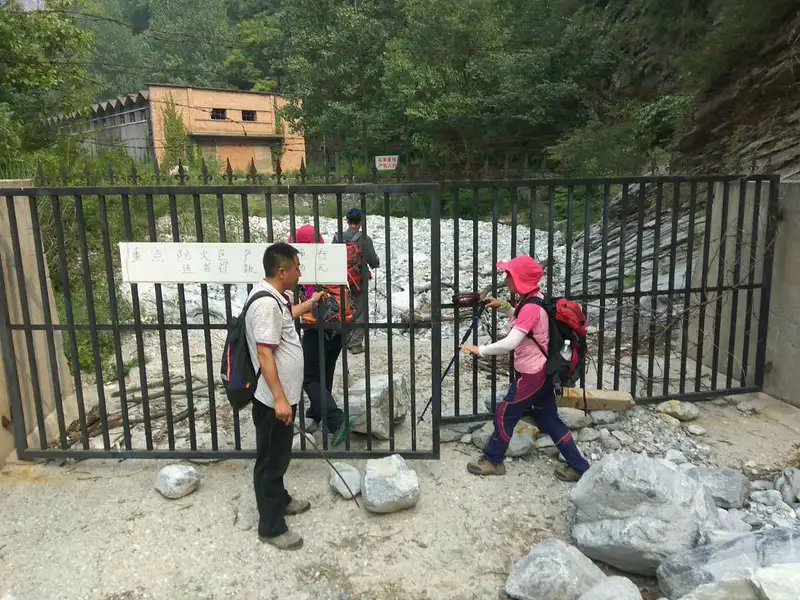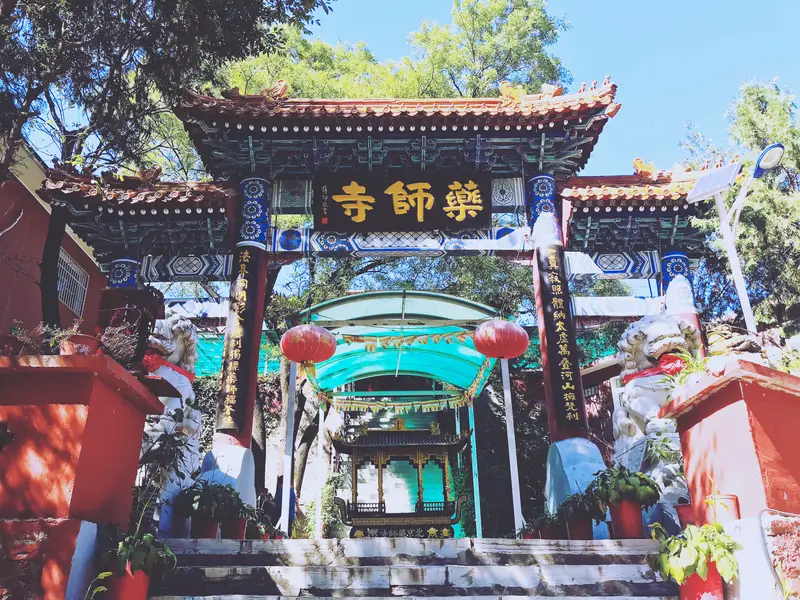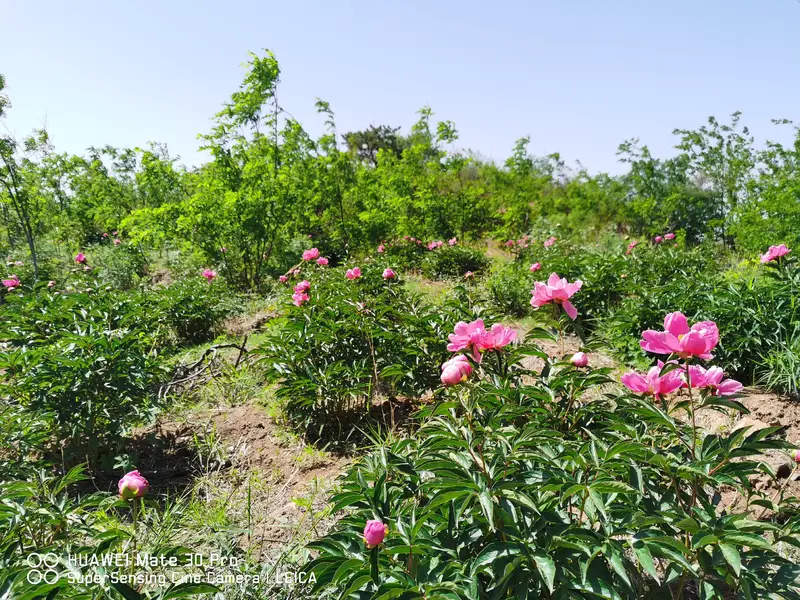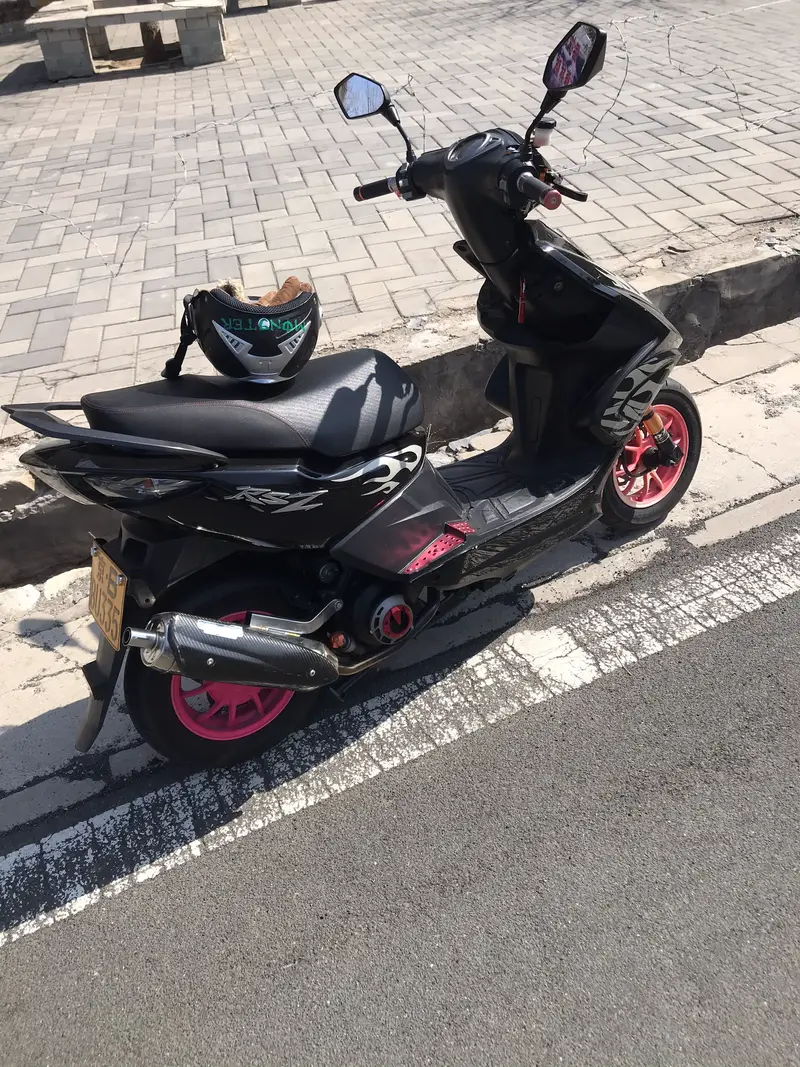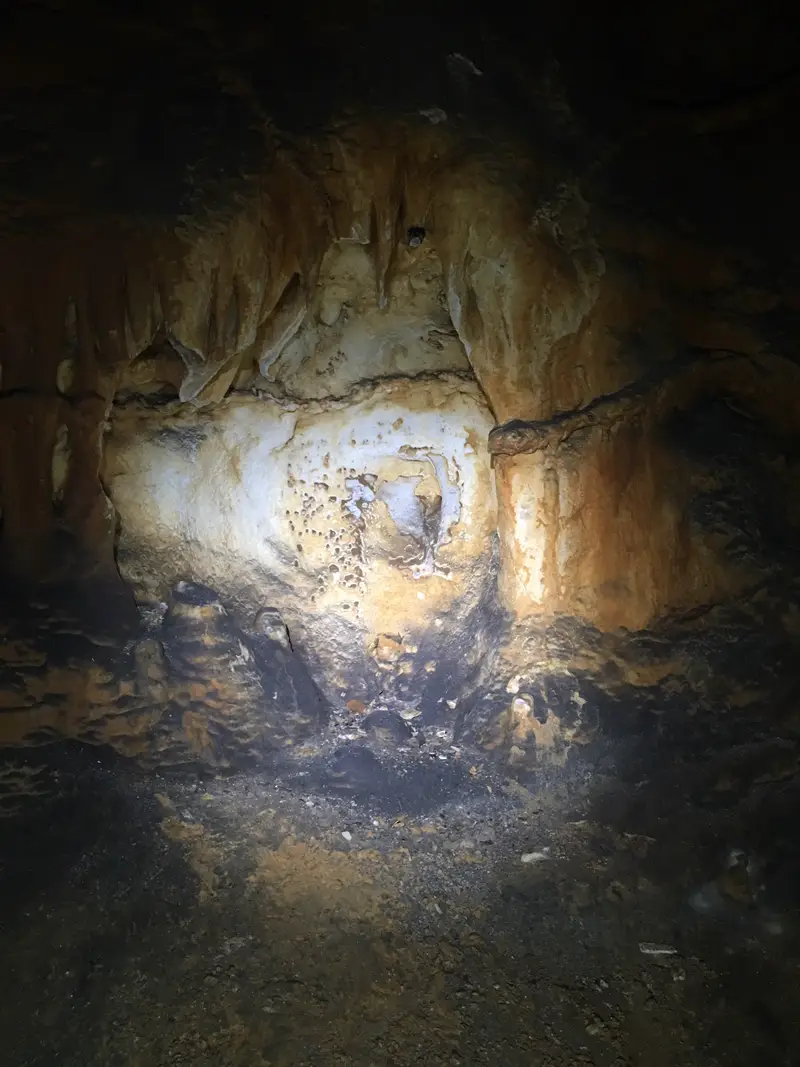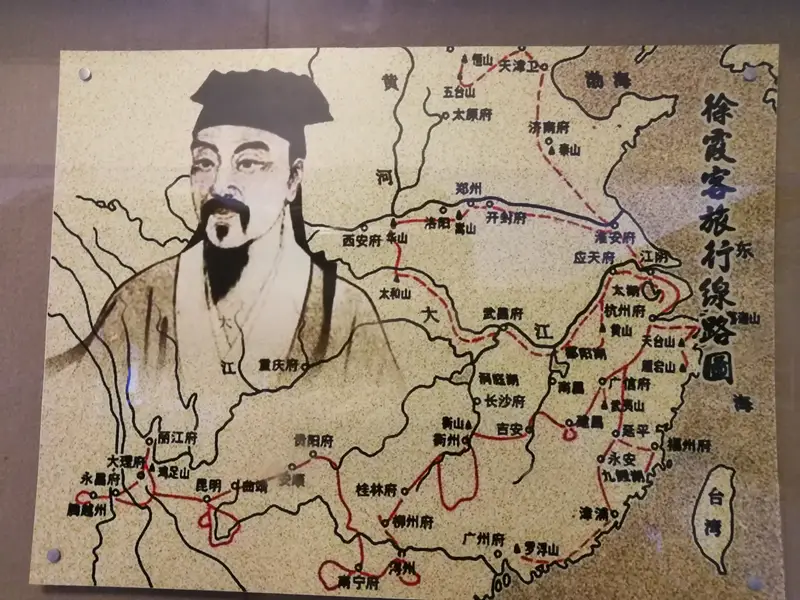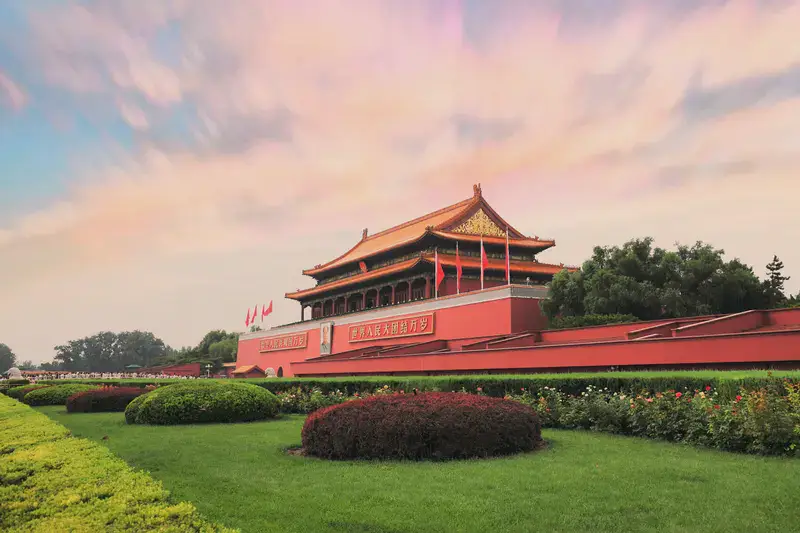Discover the Hidden Gem: South Ruyi Gate in Beijing
Geographical Location
South Ruyi Gate, a lesser-known yet charming entrance of the Summer Palace, sits quietly on the southeastern side of this iconic park. Located at Kunming Lake Road, Haidian District, Beijing (within the Summer Palace grounds), it’s nestled near the lake’s edge, offering a peaceful escape from the busier areas of the palace. To reach it, visitors can enter the Summer Palace through the East Gate or North Gate and follow the winding paths toward the southern lakeshore—a stroll that’s worth it for those curious about traditional Chinese architecture.
Transportation Tips
Getting to South Ruyi Gate is straightforward:
- By Metro: Take Line 4 to Beijing Zoo Station, then walk or transfer to a bus.
- By Bus: Lines 331, 332, or 696 stop near the Summer Palace’s main entrances. From there, it’s a 15-minute walk through the park to reach South Ruyi Gate.
- Biking: Rent a bike and explore the area—the gate is tucked along a quiet path, perfect for a leisurely ride.
Natural Scenery
Though South Ruyi Gate itself is an architectural highlight, its surroundings steal the show. The gate frames views of Kunming Lake, Beijing’s answer to杭州西湖 (West Lake in Hangzhou). In spring, cherry blossoms and willow trees create a pink-and-green backdrop, while autumn paints the area in fiery reds and oranges. Even in winter, the snow-dusted roofs and frozen lake offer a serene, almost painting-like atmosphere. Don’t miss the nearby Long Corridor, which stretches along the lake and provides stunning photo opportunities of South Ruyi Gate in the distance.
Cultural and Historical Significance
South Ruyi Gate is a prime example of traditional Chinese courtyard gate design, specifically a “house-style door” (wuyu-shi zhaimen). Unlike the grand imperial gates, it’s modest yet elegant, reflecting the status of officials or wealthy families in ancient Beijing. Here’s what makes it unique:
- Hierarchy in Design: It ranks lower than royal gates like the “Imperial Gate” (wangfu damen) but higher than basic wall gates. Its size and details balance simplicity with respectability.
- Key Features: The gate has a central archway framed by wooden doors, a threshold (symbolizing status), and drum-stone guardians (baogushi) at the base—ornamental stones that add a touch of grandeur. These elements combined make South Ruyi Gate a textbook example of Siheyuan (courtyard house) architecture.
Amenities for Visitors
While South Ruyi Gate is a quiet spot, the Summer Palace offers plenty of conveniences nearby:
- Restrooms: Available near the lake’s eastern shore.
- Refreshments: Small cafes and snack stands line the pathways, perfect for grabbing tea or ice cream.
- Guided Tours: Join a group tour to learn deeper historical context—guides often share stories about the gate’s role in the palace’s layout.
- Souvenirs: Nearby shops sell postcards and crafts inspired by the Summer Palace’s architecture.
Immersive Visit Experience
Exploring South Ruyi Gate feels like stepping back in time. Here’s how to make the most of your visit:
- Photography: The gate’s intricate woodwork and contrasting red-and-green colors pop against the blue sky or foggy mornings. Try shooting from the lakeside to capture reflections.
- Cultural Comparison: Notice how South Ruyi Gate differs from the palace’s main entrance—its smaller scale reflects the hierarchy of ancient Chinese society.
- Seasonal Magic: Visit during sunset for golden-hour light or early morning to avoid crowds. In summer, dragon boat races on Kunming Lake create a lively backdrop.
- Interactive Fun: Some guides let visitors try opening the heavy wooden doors (don’t worry—they’re just for show now!).
Why South Ruyi Gate Matters
This gate isn’t just a relic—it’s a window into everyday life for elite families in old Beijing. Unlike the palace’s showy halls, South Ruyi Gate embodies understated elegance, blending function with art. For history buffs, it’s a chance to see China’s strict door hierarchy system in action: each type of gate told tales of social status, from royalty down to commoners.
Final Tips
- Best Time to Visit: Spring (April–May) or autumn (September–October) for mild weather and vibrant scenery.
- Combine with Other Sites

